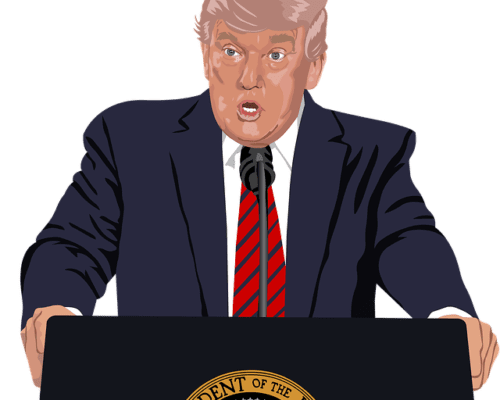Education Hub.
NOVEMBER 01, 2024
Using Trusts in Financial Planning

What is a trust?
Trusts are a popular way to manage, protect, and distribute wealth across generations. They’re legal entities that hold onto and look after assets on behalf of at least one person.Why set up a trust?
First of all, for the sake of asset protection:
A trust can offer protection in many ways. For one, it can help ensure assets, whether cash or a business, stay within your family by guaranteeing certain amounts are set aside for children or grandchildren, say, and are unaffected by big family changes like marriages down the line. And since assets in a trust are protected from any bankruptcy claims, they’re insulated in case other financial troubles come along.
Saving on inheritance tax:
Some trusts can be used to help reduce or eliminate any inheritance tax due on your estate when you pass away. That’s because seven years after putting assets into a trust, they stop being considered part of your estate regarding inheritance tax calculations.
Avoiding probate delays:
When you pass away, inheritance tax and probate fees need to be paid by those left behind before they can access the estate. Assets in a trust can be accessed immediately to help pay those costs, easing the financial strain on your family. That’s one reason why life insurance policies (a topic we have written another article about), which can be used to help pay any inheritance taxes, are often put into a trust.
What types of trust are there?
A basic trust is the cheapest to set up. Here, beneficiaries are entitled to income and assets from 18 years of age.
An interest in possession trust allows beneficiaries to receive income from the trust during their lifetime but without access to the actual assets held in it. Beneficiaries pay tax on income they receive and the trust (along with its assets) is passed onto new beneficiaries after the initial ones pass away.
A discretionary trust allows the trustees to decide which of the beneficiaries receive any income and assets, offering maximum flexibility.
A mixed trust lets assets be put into different trust types, for example, having half in an interest-in-possession trust and the other half in a discretionary trust.
In a gift and loan trust, a nominal amount, say £10,000 is gifted to the trust, followed by a significant amount of money loaned to the trust, interest-free. The key benefit is that any growth of the investment while within the trust is considered outside of the estate for inheritance tax purposes.
How do you set up a trust?
Setting up a trust requires a few parties:
A settlor: who creates and provides assets to the trust (once assets are placed in a trust, they stop belonging to the settlor).
The trustees: who control and oversee the trust’s assets, and who are chosen by the settlor.
The beneficiaries: who – yes – benefit from the trust’s assets.
You can set up a trust now, at any point in the future, or write one into your will. The latter might be preferable for some because once assets are placed into a trust, usually, you can’t change your mind and take them back out. You should also have a firm idea of why the trust exists, who the beneficiaries will be, and be prepared to choose trustees with suitable experience and expertise.
A trust deed is a legal document that sets out the terms of the trust. Once established, the settlor transfers assets – property, cash, shares, and so on – into the trust. Keep in mind putting assets into a trust can create immediate income tax, inheritance tax, and capital gains tax charges – and certain trusts need to be registered with the HMRC’s Trust Registration Service. Given the rules vary across different types of trusts, you might find it beneficial to check in with a wealth management firm, such as Vantage Capital.






